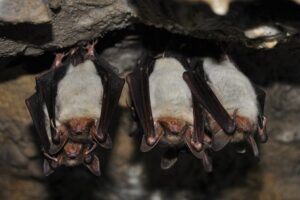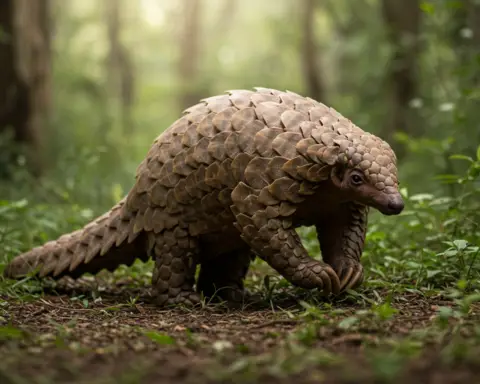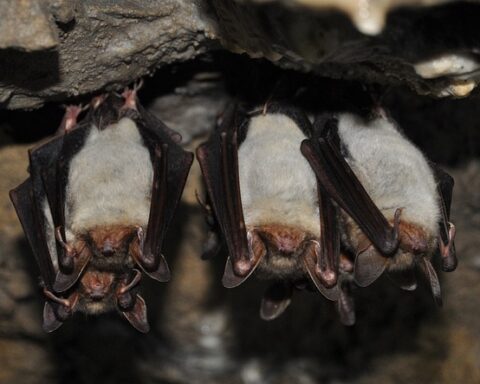The scientists were puzzled about the reproductive success of whale sharks for years. In the past, they did not have any idea about the mode of reproduction of this species. Whether it bears live young or lays eggs, it was all a mystery.
But in the end in 1955, they eventually figured it out. To the north of Gulf of Mexico, a big eggcase was found to a depth of about 185 feet (57 metres). It measures about 12 inches (30 cm) in length and 5.5 inches (14 cm) in width. As it was opened, a fetus of about 14 inches (39 cm) in length was discovered. It represented a full-term whale shark which proves that this species practices oviparous mode of reproduction.
However, there was kind of a disbelief among scientists because several reasons held back this very hypothesis to be true. Some of the factors that overturned this assertion that whale shark was perhaps oviparous are:
- In this eggcase, there were no tendrils, which clasps it to the substrate of the animal;
- the casing of this eggcase was very thin;
- to some extent, filter plates were also developed;
- yolk was also present in large quantity; and
- the scar of vitelline on specimens of larger individuals was also present
Therefore, it was hypothesized that this eggcase was cast off before time. Once more, the mystery continued for decades until in 1995 when a female species of whale shark was killed in Taiwan. It weighed around 16,000 kg (35,000 lbs) and with a size of about 35 feet (10.8 metre). Inside its body, 50 empty eggcases were discovered along with a staggering number of 301 fetus babies. All of them were well-developed pups, with the size of each pup around 20 inches (52 cm) long.
If we take this single specimen as a yardstick and assume that all species follow the same reproductive method, it is evident that whale shark is ovoviviparous. It means whale shark gives birth to live young with enormous litter size. Sure enough, no one can base one’s opinion by sampling on only one specimen. But we’ll have to believe it until someone proves it otherwise.
Hence it is proved (at least for now) that whale sharks do not lay eggs rather the eggs are hatched inside the mother’s body and then laid off in the form of well-formed pups.










